The matrix can take many forms, but there are basically three common varieties. Each type represents a different degree of authority attributed to the program manager and indirectly identifies the relative size of the matrix structures company.
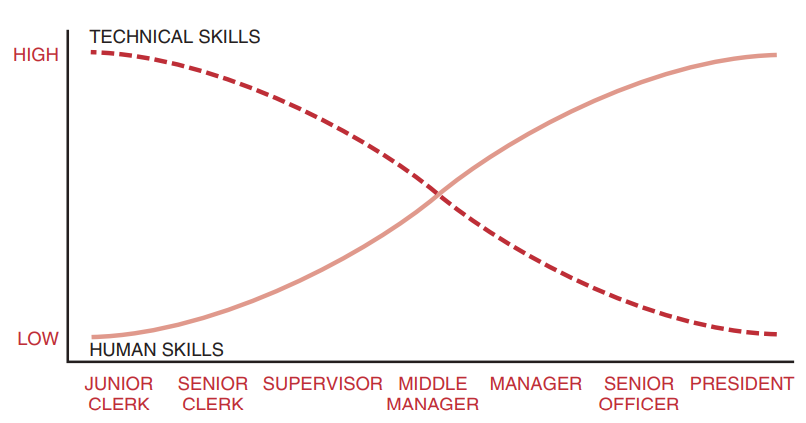
Senior Project Manager
According to the Project Management Institute, the PMP is a credential examination process that is used to determine whether someone has the salience, criticality, and frequency of specialized knowledge, skills, and organization to become a project manager.

The matrix can take many forms, but there are basically three common varieties. Each type represents a different degree of authority attributed to the program manager and indirectly identifies the relative size of the matrix structures company.
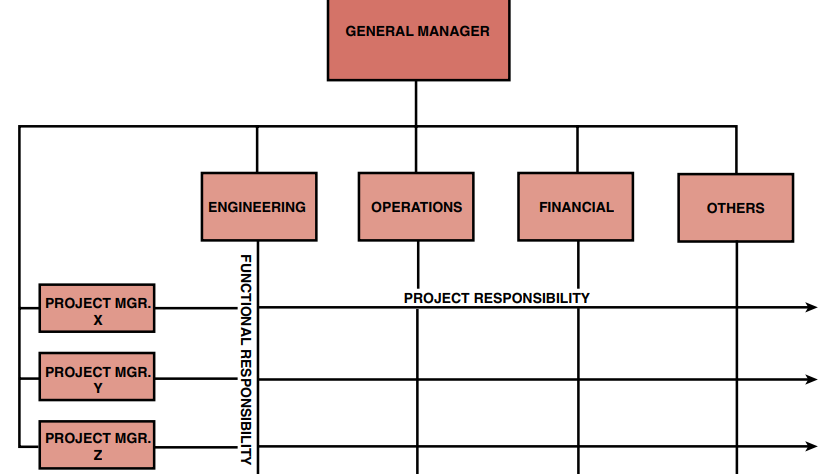
The matrix organizational form is an attempt to combine the advantages of the pure functional structure and the product organizational structure.
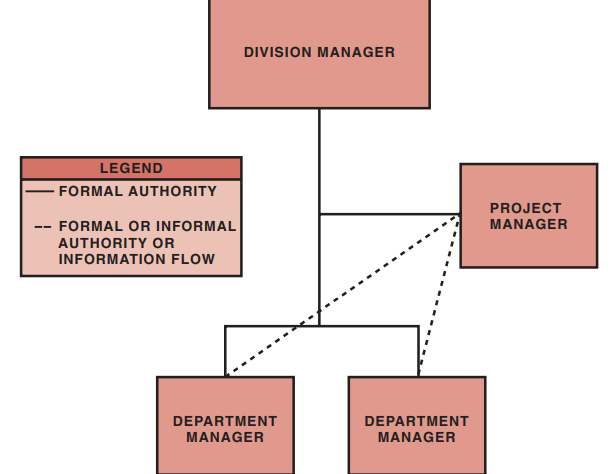
It soon became obvious that control of a project must be given to personnel whose first loyalty is directed toward …
Organizations are continually restructured to meet the demands imposed by the environment. Restructuring can change the role of individuals in the formal and the informal organization.
Adopt a project management methodology and use it consistently. Implement a philosophy that drives the company toward project management maturity …
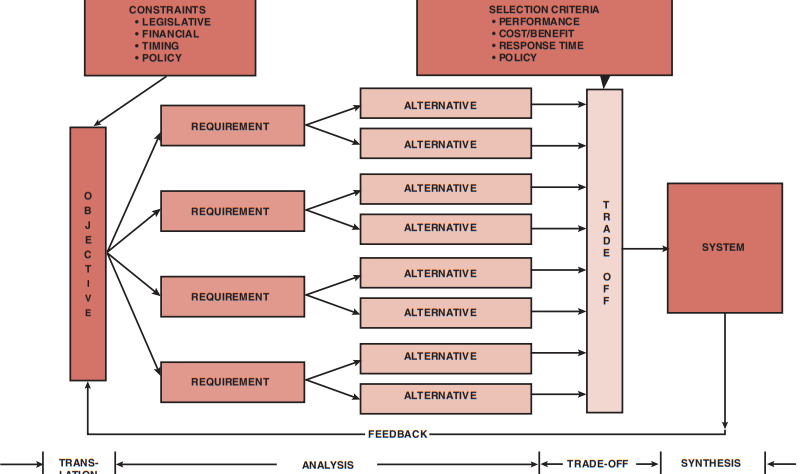
Ultimately, all decisions and policies are made on the basis of judgments; there is no other way, and there never will be. In the end, analysis is but an aid to the judgment and intuition of the decision maker.
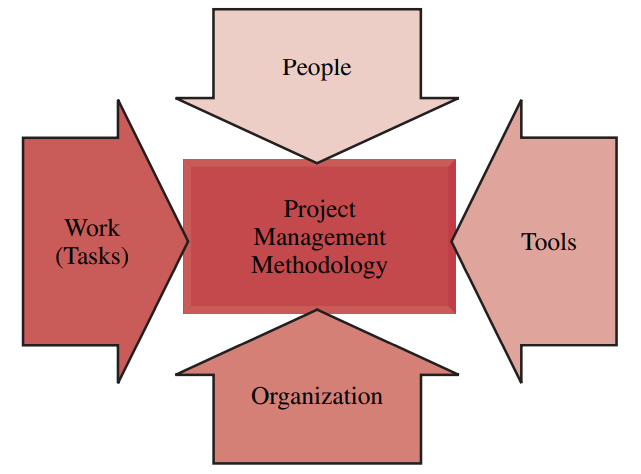
It has often been said that the most difficult projects to manage are those that involve the management of change.
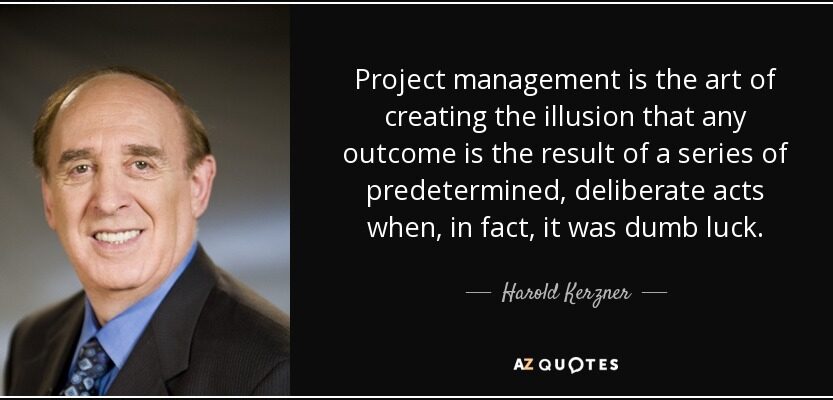
Harold Kerzner (born ca 1940) is an American engineer, management consultant, Emeritus Professor of Systems Management at Baldwin Wallace University, and Sr. Executive Director for Project Management at the International Institute for Learning,[1] known for his work in the field of project management.
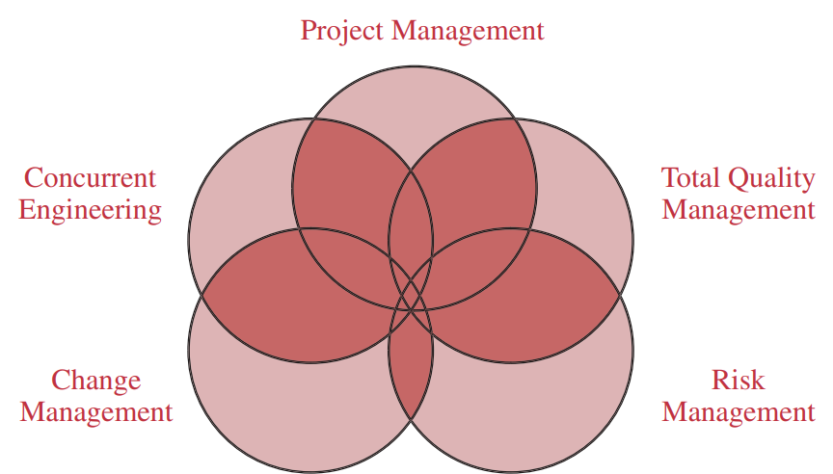
Achieving project management excellence, or maturity, is more likely with a repetitive process that can be used on each and every project. This repetitive process is referred to as the project management methodology.
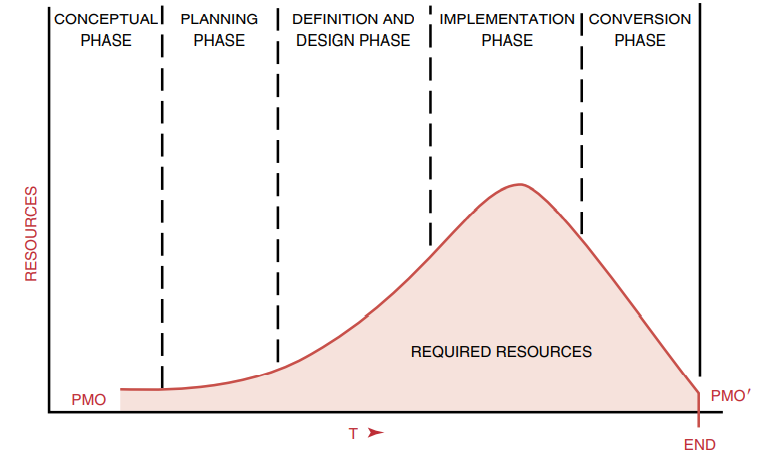
Every program, project, or product has certain phases of development known as life-cycle phases. A clear understanding of these phases permits managers and executives to better control resources to achieve goals.